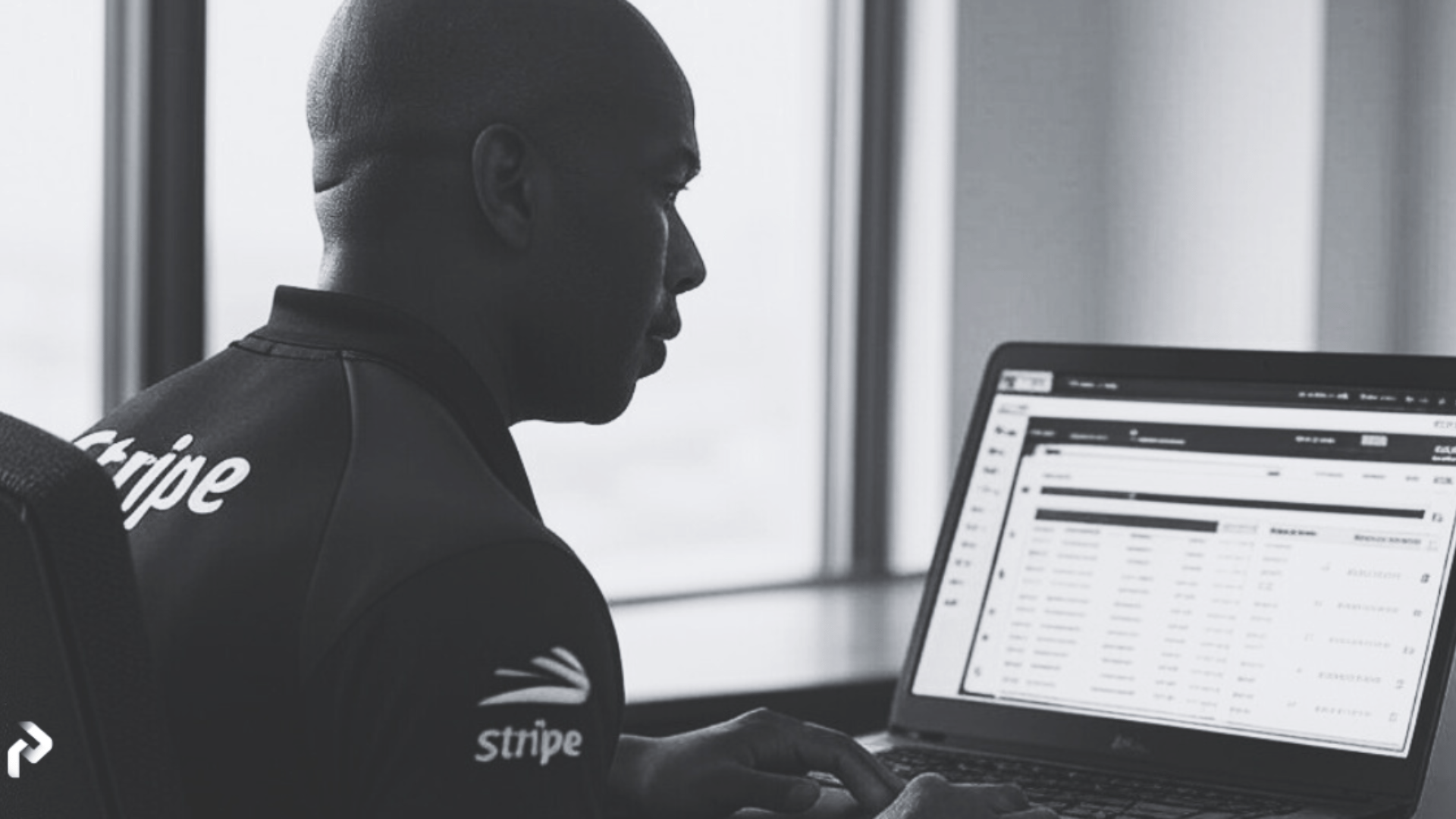
Dear Coaches,
Here’s what’s coming up today:
Expert Opinion
"The Biggest Villain in the Building"
How chocolate biscuits made one nutritionist rugby's most wanted…
Mike Naylor thought he was optimising performance nutrition.
Instead, he walked into Penny Hill Park as rugby's public enemy number one.
Speaking on the GetPro Professional podcast, Chelsea FC's Head of Performance Nutrition Mike Naylor shared a story that perfectly captures why sports nutrition is about far more than macronutrients.

Picture this: You're new to working with England Rugby. You're collaborating with Professor Graeme Close to make the menus more performance-focused. It's Six Nations time, and you're feeling confident about the changes.
Then you remove some chocolate biscuits from the match-day-minus-one menu.

The famous chocolate biscuits
No big deal, right? Just some random biscuits that don't fit the performance profile.
Naylor was giving a talk somewhere when his phone started going crazy.
"I looked at my phone on the Saturday and I had a couple of players just calling me, ringing me," he recalled. "My watch was just buzzing, buzzing away, buzzing away."

The messages afterward told the whole story: "Where are the chocolate biscuits? Where's this? Where's that?"
There was, in Naylor's words, "a massive outrage that the chocolate biscuits had gone."
When he walked into Penny Hill Park the following Monday, he was "the biggest villain in the building."
"If you are changing menus, then actually think things through—not just always from a performance perspective, but what's really important to players or what traditions might be as well."
The story doesn't end there.
Years later, the chocolate biscuit incident has become rugby folklore. When podcast host Dr. James Morehen started working with England Rugby this year, Professor Graeme Close shared some crucial advice:

"Mate, one bit of advice: do not touch the chocolate biscuits."
The practical insight for practitioners is profound. Before you optimise anything, understand what matters to your athletes beyond the numbers on a nutrition label.
The chocolate biscuits stayed on the menu.
And Mike Naylor became a much wiser sports nutritionist.
Resource Roundup
News & Resources
Performance Tech
Home-based Carbohydrate Oxidation Measurement
ExoAnalytics has adapted carbon-13 breath testing—long used in gastroenterology for liver function and gastric emptying assessment—to measure exogenous carbohydrate oxidation during exercise.
The technique leverages decades of established medical science: when 13C-labeled substrates are metabolised, the carbon-13 appears in exhaled CO₂ at measurable ratios via isotope mass spectrometry.

The process: athletes consume specially formulated drinks containing carbon-13 tracers during a 90-minute Zone 2 test. The carbon-13 appears in exhaled CO₂, measured via mass spectrometry to to quantify how much ingested carbohydrate is actually oxidised during exercise.
The breakthrough: Moving from educated guessing to precise individual oxidation rates.

Early results challenge conventional wisdom—WorldTour cyclists are oxidising up to 180g/hour, far exceeding the assumed 120g ceiling.
However, testing also reveals significant individual variation: Dr Sam Impey, former Team GB cycling nutritionist who tested the protocol on himself, told pninsider.com he was comfortable consuming 120g/hour but only oxidising 69g—a 51g surplus that may not provide performance benefit while potentially causing GI distress.
One unnamed professional cycling team has purchased 24 testing kits.
At a reported ~£400 per test, this shifts elite nutrition to true personalisation.













